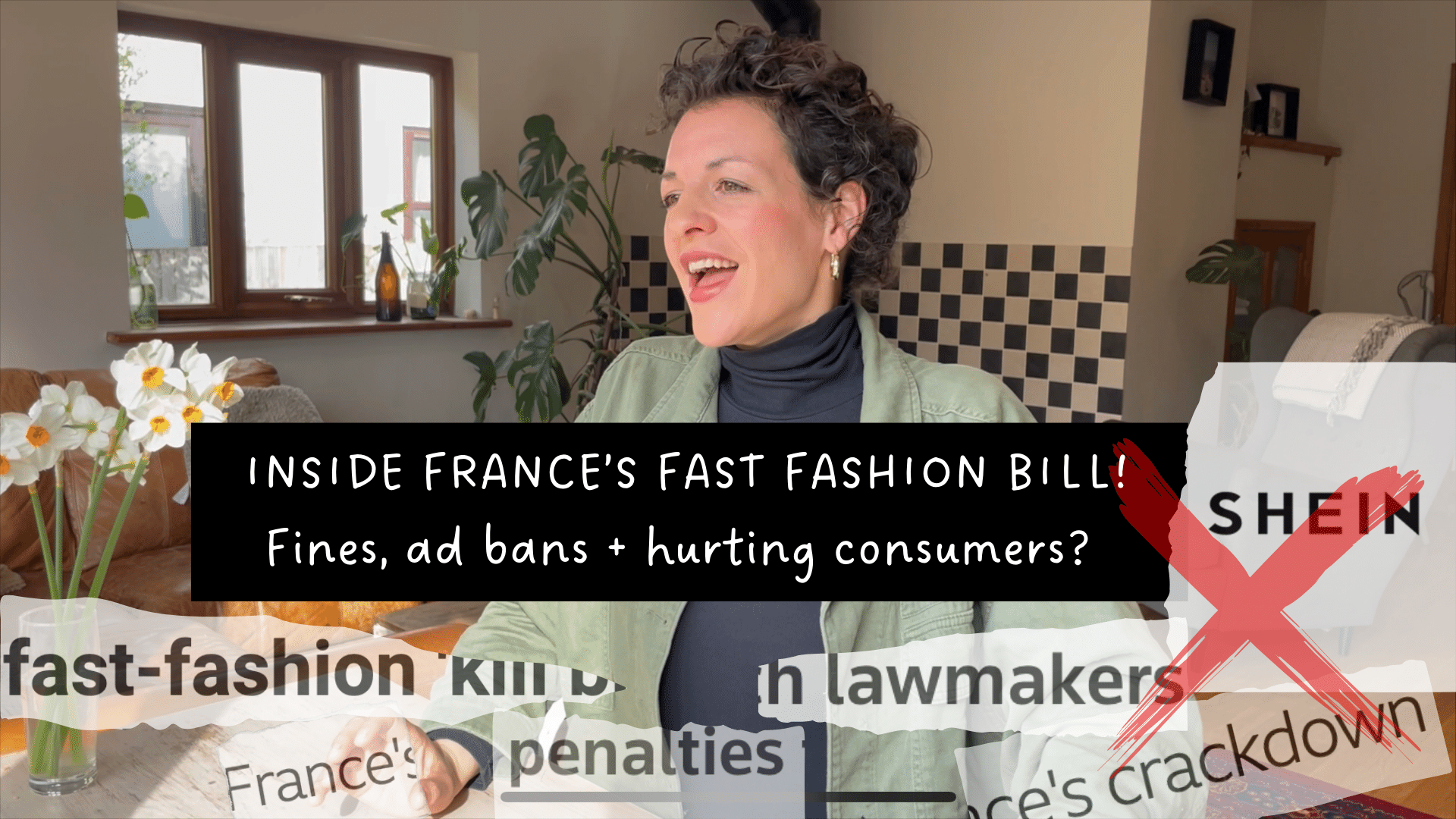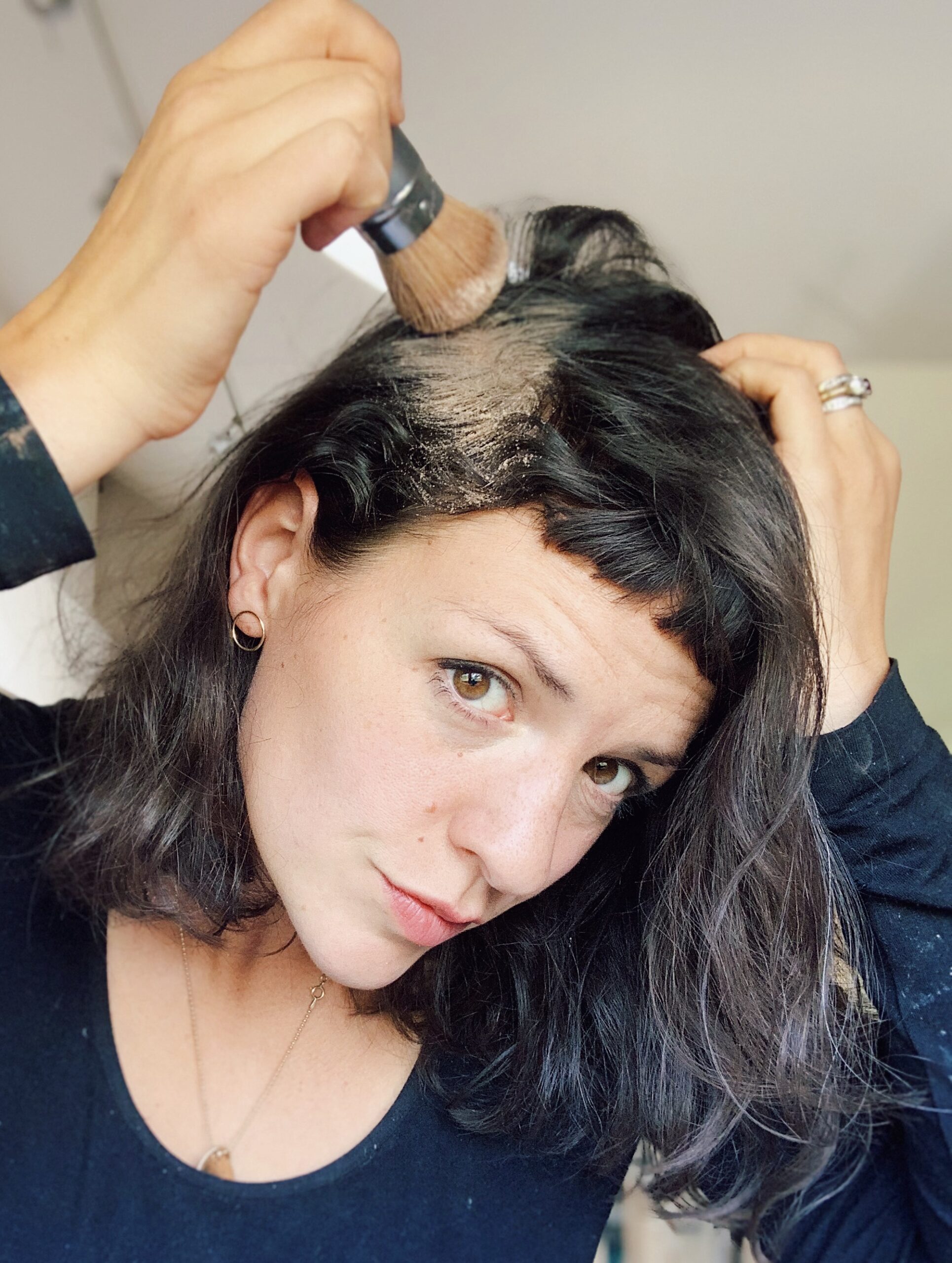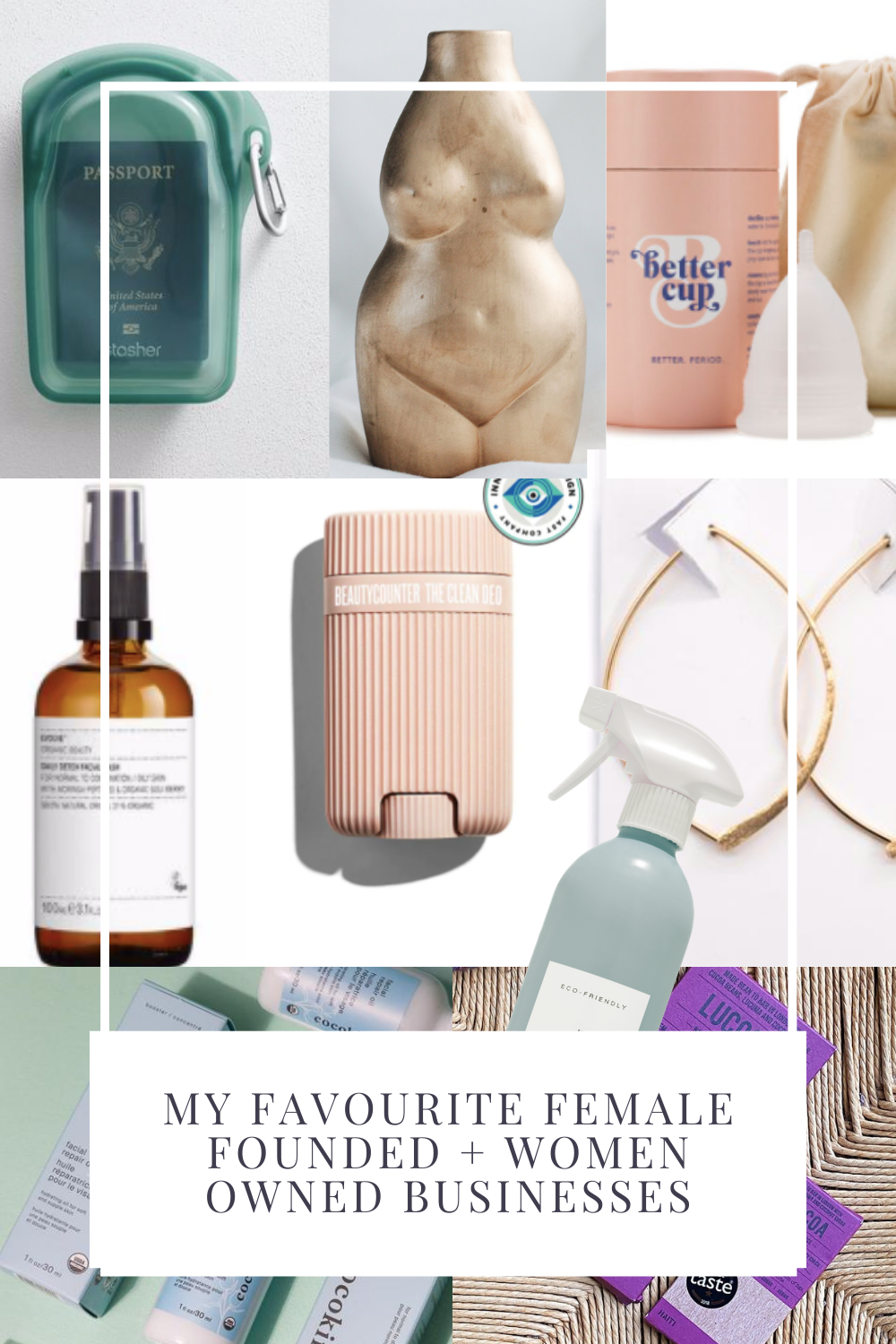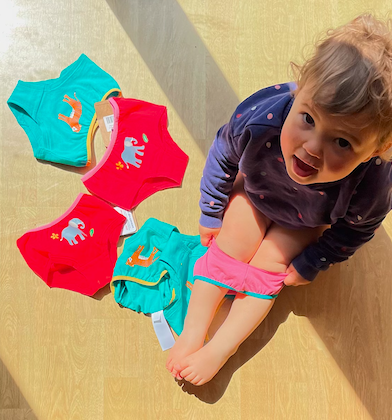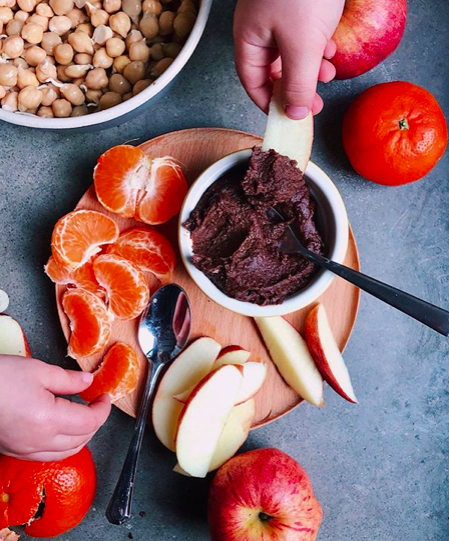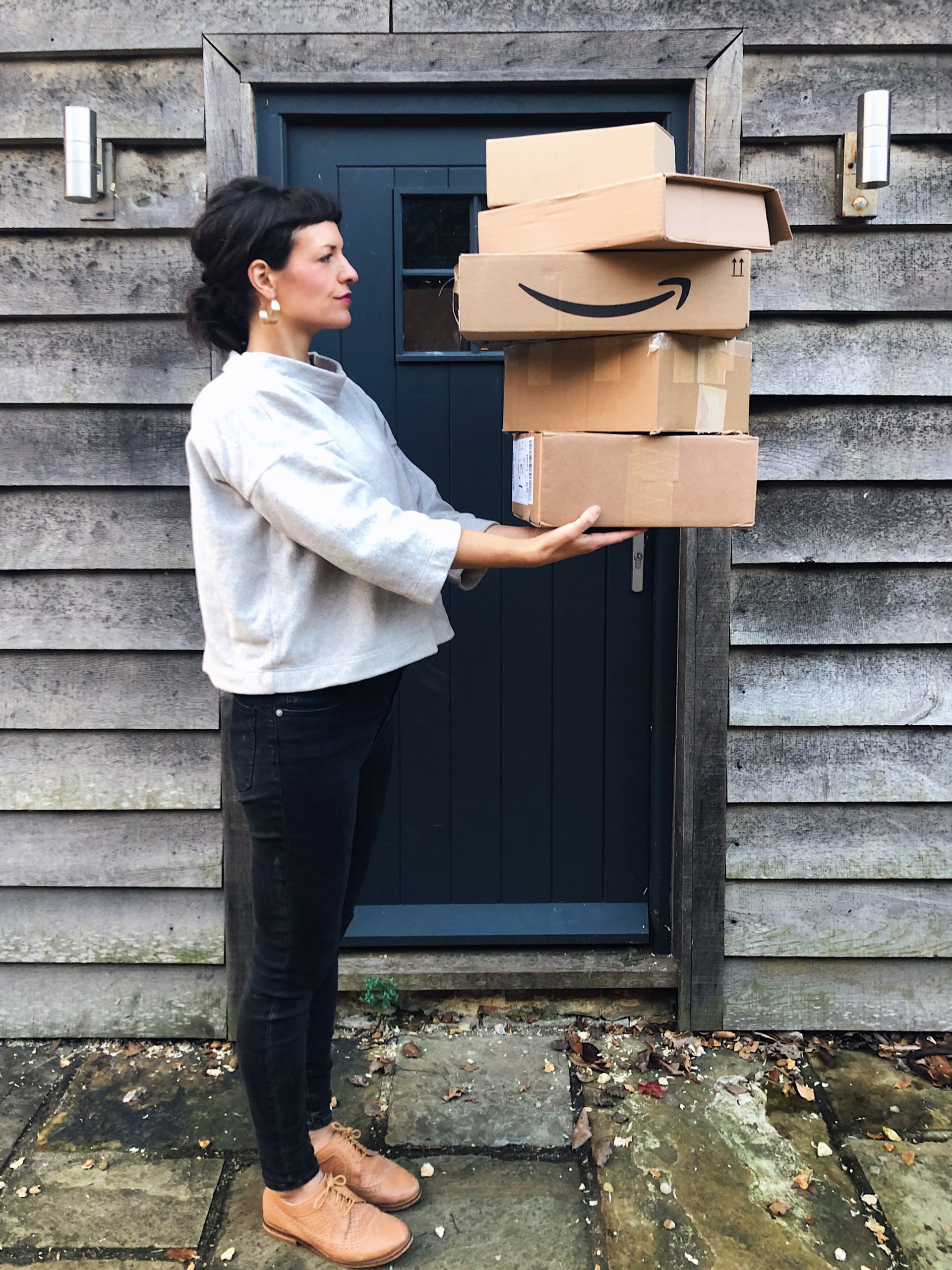Creating a Non Toxic Bed: Mattresses + Bedding for Safer Sleep
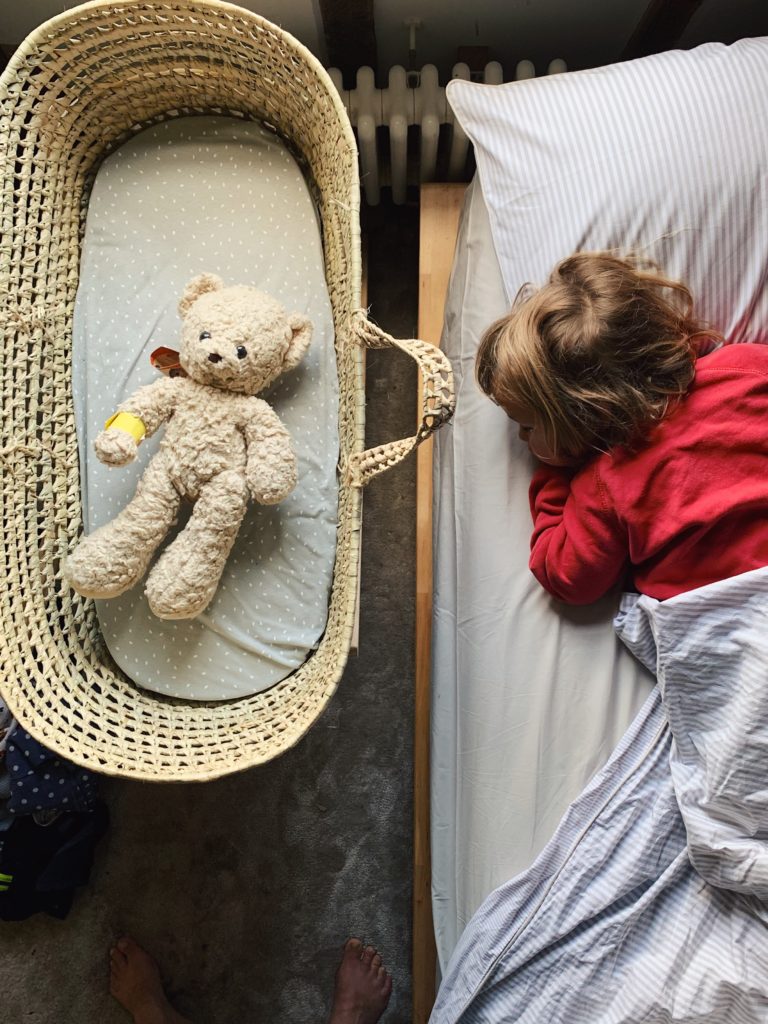
Why Do I Care What We Sleep On?
Everything I bring into my home gets assessed in terms of its impact on people, planet and our personal health! All three of those are important to me, the environment we live in has a real impact on personal health, but what we bring into or homes also has an impact on people and planet in terms of it’s life before and after the items are in our home. That assessment doesn’t then mean that we do everything perfectly but it means we do the best we can at each step of life after considering those factors.
We Sleep a LOT!
This is a huge reason why bedding is one of the first places I’d want to invest more money when thinking about furnishing a home. Our beds are where we spend a lot of our lives, especially as babies – it’s where they spend ⅓ of their lives so in terms of the personal health piece, it’s a place I want to take extra care.
BUDGET: Balancing the Difficult Piece
As larger furniture items, with lots of pieces to the bedding situation, making changes here is also a much larger investment. It can be hard to spend the money so take it step by step and don’t sweat what you can’t change.
Some budget tips:
- Look for second hand wooden beds: simple wood only bed frames are fairly easy to find on second hand sites. Instead of looking for new well sourced wood, or health concous fibre choices, second hand wood can be a great option. If you want you can sand off any varnish or paint and repaint with a paint like Milk Paint, or Little Greene with low VOCs and well sourced ingredients. These frames also then leave more money for the pieces I think count more: the mattresses. Win win.
- Shop for kids first! Kids sizes are MUCH cheaper. Disproportionately cheaper in my opinion, and as they’re usually the ones spending the most of their lives in bed it’s a really great place to start!
- Save up and look for sales! When you’re making a bigger purchase, even a new customer 10% off or something similar can make a massive difference. Wait for holiday sales to come around and save up. Look at the cost of a new mattress or new pillows and see what you’d need to save per month so buy it in 2 years for example.
- Do what you can and let the rest go! Sweating what we can’t change isn’t good for our health either. So change what you CAN change, work towards what you can work towards but then embrace the limitations of what you can’t change and let them go until you’re in a different place. We slept on a second hand, flame retardant treated mattress for years and I just told myself one day we’d make the investment and until then I’d work on other things around our home.
The biggest thing I look for:
Flame retardant chemicals. It’s not that I don’t want the safety of an item that’s safer in a fire, but there are different ways to get there. Natural materials can be naturally flame retardent without the extra spraying of potetnaully hardmful chemicals, but ALSO healthier on the day to day in terms of sleeping on them. The UK laws are weirdly strict where the UK often has better rules in terms of health but it means even if sometihng is flame retardant in another country (like IKEA wihc in the US is now flame retardant free) are different in the UK.
Mattresses are also very difficult to dispose of, and I want to think about end of life as I bring things into my home. Natural materials are much easier to dispose of at the end of life which means the ones that are naturally flame retardant are also often better for the planet.
Other factors I’m looking for are organic materials, the sourcing of the filling for bedding – down has many ethical questions around it, where things are made – are their ethics in production, what is suggested for the mattresses at the end of their lives and other factors like that.
MATTRESSES
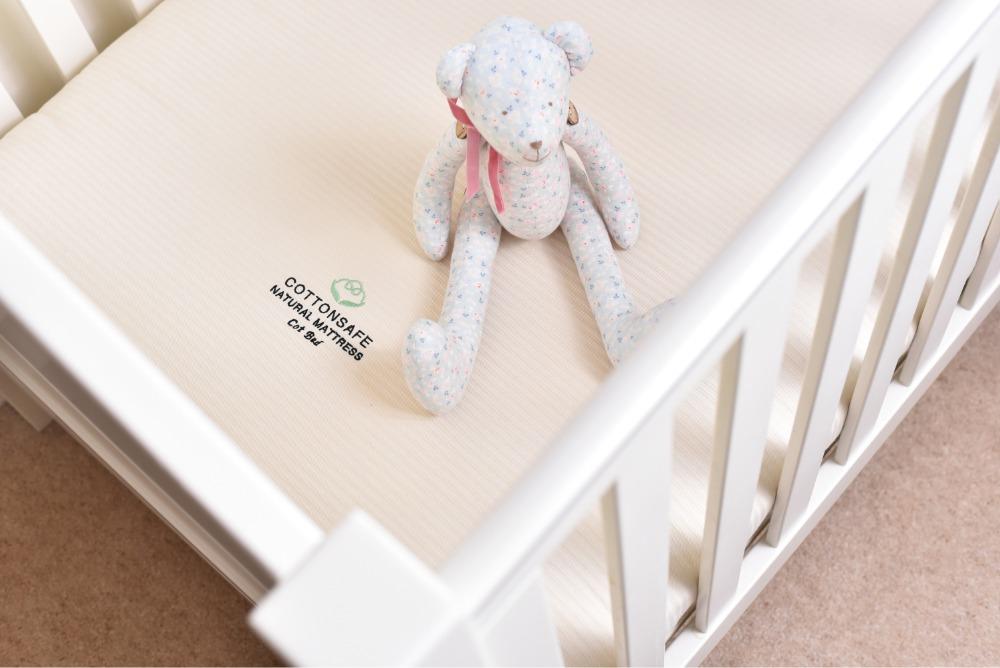
Different countries have different regulations on flame retardants in mattresses so you may live somewhere where the search is easier and cheaper at least on that front. In some countries IKEA mattresses for example are all flame retardant free after certain dates so do your research on where you are buying. England, sadly, is one of the most regulated countries on the need add chemical flame retardants so it takes a little more specific searching. That said, that’s not the only factor for consideration, and if you want to find the best mattresses, you’re going to end up going with a specifically, eco/healthy mattress company wherever you are.
KID + ADULT MATTRESSES
Currently we all have mattresses from Cottonsafe Mattress Company. We have a King and the kids each sleep on a thinner full sized but child mattress. It’s thinner and less bouncy but a great firm option that’s a great price.
CRIB COT MATTRESSES
For crib size mattresses, in the states we loved and used CocoCore mattresses from Babyletto (this is the exact one we had!). They’re a great flame retardant free more affordable option.
In the UK we have a Naturalmat crib size mattress and a wooden crib that was passed on from a neighbour.
For smaller bedside bassinets, in the US we had a used a non toxic crib and I cannot remember the brand at all (I think Nina Nanu but nothing comes up when I search!) we drove 4 hours to get cheaper! In the UK we have a Little Green Sheep Moses basket with the flame retardant free mattress. We found ours second hand locally and I bought a new sheet as I couldn’t find one used.
BEDDING
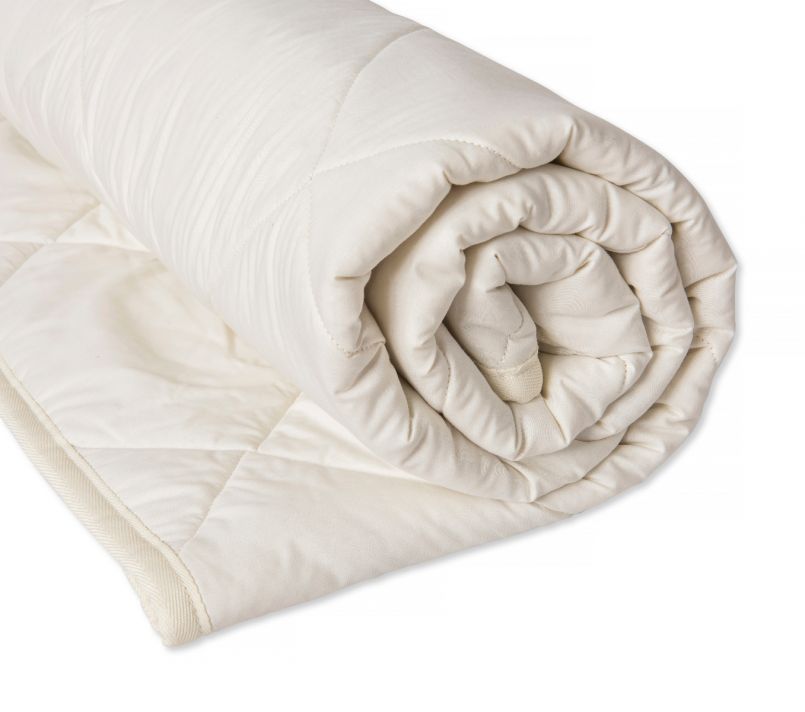
SHEETS
Happily there are more and more options out there for organic, fair-trade and ethically made, eco friendly sheets. The costs and values vary so do a little digging and see what you’re actually paying for. Currently in the UK we use Dip and Doze for all our sheets, towels and pillow cases. I’d say they are everything we want but not a luxury brand so come a little bit cheaper.
In the US we used Sol Organics for all our sheets (and they went in our airbnb and guests LOVED them!) and Coyuchi for some other pieces and all our towels – both of those I would say are more luxury brands and were pricey but really investing in great things and really high quality.
PILLOWS
When it comes to pillows I’m looking both at what the outside is, and what the filling is. I was good organic cotton, or bamboo or something eco friendly that’s ethically created. On the inside I don’t personally want plastic so close to where I’m breathing even if recycled but that’s a personal choice as I do love recycled plastic in lots of other areas!
We currently have Naturalmat pillows filled with organic wool. It’s currently my top filling options given then potential ethics questions on down and me not wanting plastic.
DUVETS
Again we currently choose Naturalmat and their organic wool duvets. In the US we chose IKEA which I think (in the US) is a great lower budget alternative for a lot of these pieces. They are part of the Better Cotton Initiative, and use recycled plastic in a lot of their duvets which is what we chose.
BED FRAMES
This is one where I tend to SAVE money by going second hand so I don’t have specific brands aside from on baby and child options where I love Babyletto in the US (we had this one)and in the UK/EU Naturalmat, Little Green Sheep for cribs if you want a new one. But I’d always choose to go simple, wooden, and second hand.
Another option is to have a local carpenter make a simple wooden bed out of just wood and then stain and treat it with simple clean waxes and oils yourself or paint it with a low VOC, eco friendly paint.

